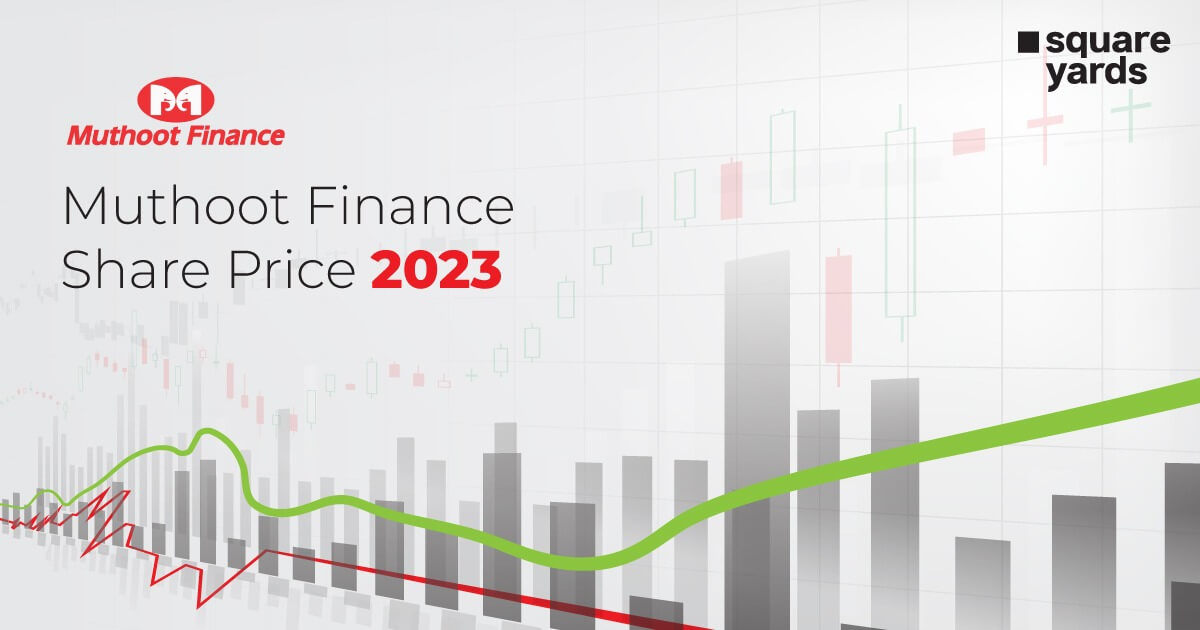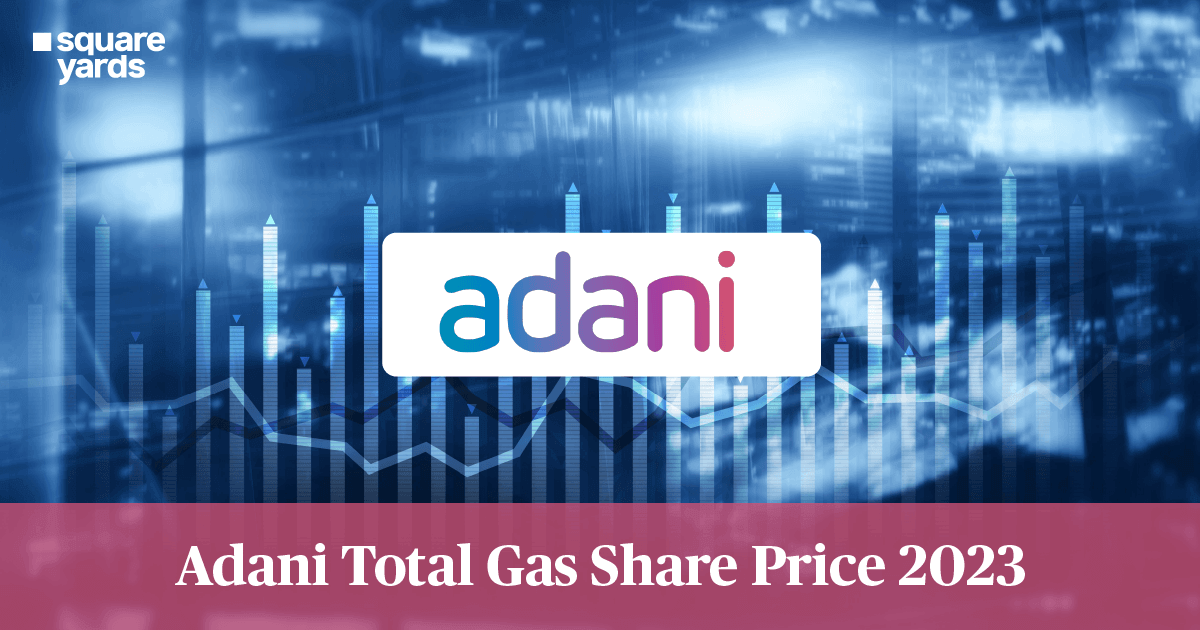Data is the fuel that drives digital technology in today’s world. The images, videos, tweets, comments, reviews, selfies, directions, online prices, status updates, emails and search queries that do the rounds online come under the category of data.
When vigorously generated data in innumerable formats forms a collection of insights and resources, it is termed as Big Data.
Before we jump into the world of Big Data, here’s an interesting fact that’ll suffice its relevance –
Around 2.5 quintillion data bytes are digitally generated everyday across the globe!
Now, that’s a lot of data which needs systematic analysis in terms of its complex structures.
Big Data cites huge chunks of data that cannot be processed, analysed or stored using regular methodical databases. To steer this amount of data, there are advanced frameworks to operate the handling of big data.
Scope of Big Data Technologies
There are several documentaries online that highlight the involvement of data technologies and their versatility in something as intricate as social media. With the growing demand in the IT industry, these novel innovations would ensure the unified functionality of various sectors and business developments.
With every email we send, every post we put up on social media, or any tweet we post online, everything becomes data and goes inside the database. It’s almost crazy to fathom the profundity of data that an individual generates!
If these complex data structures are harnessed, analysed and processed, Big Datacan become an indispensable tool for running businesses or large companies. Rightfully in the words of Pat Gelsinger :
“Data is the new science. Big Data holds the answers.”
Let us move on and understand more about data analytics and discuss Big Data Technologies.
Data Analytics
Big Data analytics underlines the method of using advanced analytical techniques to dissect voluminous and complex data including structured, semi-structured and unstructured data from variant sources, in numerous sizes ranging from terabytes to zettabytes.
Big Data Technologies
As we have discussed earlier, Big Data is an extensive assembly of data that spiral with time and size in proportionality. There is a diverse range of data technologies referring to software tools for processing, extracting and analysing data. This complex structure comes from a large and complex data set that cannot be dealt with basic data management tools.
Types of Big Data Technologies
Big Data Technologies can be broadly classified into two types:
1. Analytical Big DataTechnologies
Analytical Big Data Technologies includes real numbers and analysis conducting business charts. This category of Big Data Technologyis used in weather forecasting, medical records analysis, stock marketing, and time series.
2. Operational Big Data Technologies
While this category of Big Data Technology is comparatively less complex, Operational Big Data Technologies chart out the volume of generated data in a day. These charts include social media records, online transactions or any set of information from a particular company used for diverse software analysis on the basis of Big Data Technology.
This also acts as raw data that is being supplied to the Big Data Analysis technology. For instance, Amazon, Flipkart, Walmart, MNC management, online tickets for flights, movies, railways, etc.
These were the basic types of Big Data Technologies, designed for processing, analysing and harnessing information from any type of unstructured data that cannot be handled with the generic processing units.
There are multiple companies that cater to the processing technologies to analyse voluminous real-time data.
The Topmost Big Data Technologies
1. Artificial Intelligence
Revolutionising the existing Big Data Technologies, Artificial Intelligence has made the leap of learning in tech industries. From Apples’ Siri, to Alexa acting as human friends, AI has stepped on the podium of self-driving cars. Artificial intelligence is an extensive technology with a vast bandwidth of technology reaching out to complex tasks and functioning like humans. This technology gives machines the liberty to stand in the shoes of human intelligence and live up to their competence.
Features of Artificial Intelligence:
- Futuristic approach
- Preventing natural disasters
- Chatbots and facial recognition technology
- Data consumption
- Imitates human perception
- Eliminating boring and dull tasks
2. R Programming
As quoted by industry experts, R programming is one of the world’s most leading languages. This is an open-source Big Data Technology and programming language which is widely used for statistical computing, unified development environments like Eclipse and Visual studio assistance communication and visualisation. This system is also used to develop statistical software and data analysis which is later used by data miners and statisticians.
Features of R programming:
- Active community
- Diversified computing
- Running a code without a compiler
- Data Variety
- Uniting databases
- Competent to perform complex statistical calculations
- Inclusive environment
- Extensive package selection
- Statement graphic abilities
- Open source
- Database manipulation
- Data Handling and storage
- Compatibility with other Big DataTechnologies
- Vector Arithmetic
- Compatibility with other programming languages
- Web Scraping
3. Data Lakes
Data is subjected to be stored and accumulated in its raw form without being transformed into a structure. Data Lakes refers to an amalgamated depository of diversified data (structured and unstructured).
Data Lakes gives liberty to perform extensive data analysis from Data Visualisation and dashboards to Big Data transformation in real-time for better commercial interference.
Businesses using Data Lakes enjoy the privilege of staying a step ahead in the game via carrying out multiple analytics such as, through new log file sources, machine learning, social media data and click-streaming.
This Big Data Technology helps businesses respond to opportunities and growth by involving clients and maintaining active devices. The extensive bandwidth of perks that its usage brings to the table leads to better decision making and sustained productivity.
Features of Data Lakes:
- Data ingestion
- Data analytics
- Governing data
- Data security
- Storing data
4. NoSQL
Catering to the design integrity, easier horizontal scaling and opportunistic benefits in a range of devices, NoSQL uses data structures that differ from concerning databases. This acts as a catalyst for the NoSQL calculations. Companies like Google, Facebook, Twitter store user data terabytes on a daily basis.
NoSQL is inclusive of a wide range of Big Data Technologies in the database which are evolved to design applications of today. This puts forth a non-relational or non-SQL database, yielding methods for data recovery and accession. This platform also stores unstructured data, offering better performance and pliability. For example, Cassandra, Redis and MongoDB.
Features of NoSQL:
- Higher scalability
- Cost-effective
- Diversified computing
- Flexibility
- Competent to process structured and unstructured data
- Avoids complexities
5. Hadoop Framework
Many organisations have adopted Hadoop Framework (Big Data Technologies) as a layout for their data storage needs in recent years. This technology was matured to process and store extensive data with a basic programming model in an environment with diverse data processing. The stored data can be analysed on different high-speed and low-expense machines. Although many sectors have not explored the applications of Hadoop technology, the trend seems to be on the table for the upcoming years.
Features of Hadoop:
- Fault-tolerant
- Measurable
- Competent design – Can work in unfavourable conditions
- Cost-effective
- Stores and processes data in a diversified manner
- Fast data processing
Relevance of Data Technologies in Today’s Era
In recent years, data technologies have made quite the shift in developing and bringing novel innovations and information to the table. From voice smart systems to self-sustaining machine units, Big Data Technologies are all set to take over various platforms from around the globe. With all the elaborative data encapsulation, many industries are thriving to set their tech-oriented goals along the way, and it would be no wonder to see it sitting on the zenith!
Future of Big Data Technologies
With the recurring need for development, the Big Data methodologies keep on evolving. Catering to the increased demand of the IT industry, multiple technologies are being launched ensuring coalesced functioning for industrial developments.
- Hadoop is not going anywhere
- Expansion of real-time solutions
- Evolution of self-serving Big Data applications
- Cloud solutions will affect Big Data Technologies
- Evolving the traditional database
3 Emerging Big Data Technologies
1. Blockchain
Blockchain establishes a safe and secured environment, ensuring a unique safe data feature in the Bitcoin ecosystem. This is a safe and superlative choice to make for various Big Data applications with respect to industries like finance, banking, retail, medical, insurance, etc.
2. Airflow
Airflow is basically a Scheduling and a Process Management System for managing data flow in pipelines. Directed Acyclic Graphs (DAGs) tasks cater to the job workflows, later benefitting Airflow. The description of the code also makes managing, validating and creating a version of enormous data easier.
3. Beam
In the year 2016, the Apache Software Foundation evolved these elaborative tools for Big Data. Beam offers a unified API layout, creating Parallel Data Processing units via multiple execution engines.
Conclusion
Working through various aspects and breaking patterns, Big Data Technologies are the future. With the recurring evolution in the prospect of Tech solutions, Big Data Technologies will pave the way to find digital insights for enterprises seeking innovative solutions. With Big Data Technologies already being a proactive component in modern lives, its sustainability stands undisputed.














































